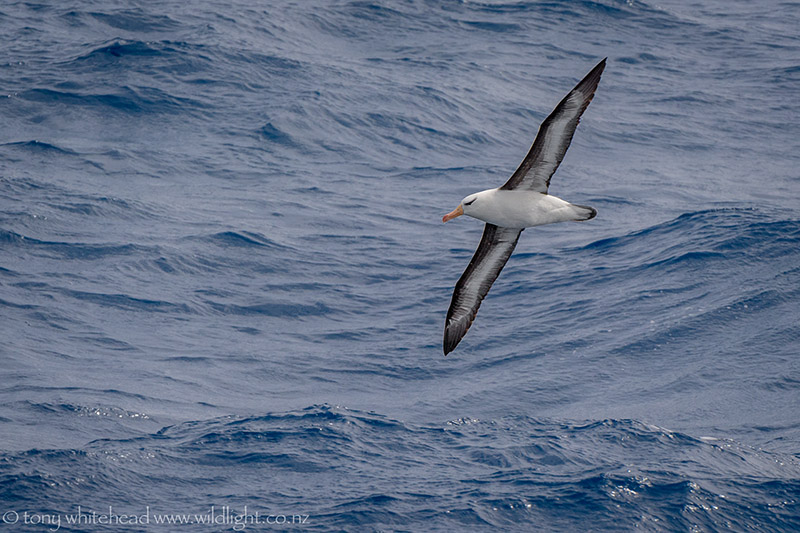
The Drake Passage to Antarctica comes with a deserved reputation as potentially the roughest sea in the world. Being the shortest route to Antarctica, the 800km from Cape Horn at the tip South America to the South Shetland Islands, is the route taken by most visitors to Antarctica and raises the possibility of having to pay the “Drake Tax”. There are no significant land masses occupying the approximately 55 to 70 degrees of latitude, so nothing to impeded the easterly flow of the Antarctic Circumpolar Current which is driven by the prevailing westerly winds and series of low pressure systems which rotate around Antarctica and is the largest ocean current in the world. This combination of current and winds account for the frequent rough conditions resulting in a crossing plagued by the “Drake Shake”. If you are lucky enough to coincide with a gap between weather systems you may encounter the “Drake Lake”.
Conditions in the Drake tend to dominate the early stages of a visit to the Antarctic Peninsula and this was highlighted in Buenos Aires, when at the first expedition meeting, the night before our departure for Ushuaia, there was already a report on the forecast for the Drake and the hope that it would be a good crossing. In reality once we had arrived in Ushuaia and been enthralled by the day we had on the Beagle Channel it drifted to the back of our minds until after dinner as we headed along the channel with the expectation of entering the passage in the early hours of the morning. We stuck on our scopolamine patches, took a promethazine tablet and retired to our bunks, sleeping like babies gently rocked in our cradles after our very long day. We woke the next morning to a moderate crossing with some ship movement in the swells, no seasickness, but feeling a little dry and drowsy from medication side-effects. Breakfast with juice was a good start to the day followed by sessions out on the aft deck looking for birds to photograph, punctuated by lecture sessions on photography, birds and ownership of Antarctica and lunch.
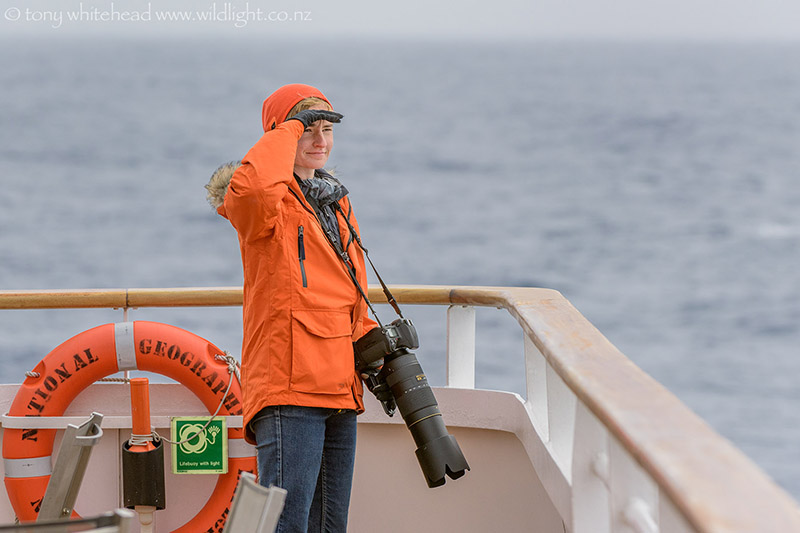
A perverse part of me had hoped for a shaky crossing just to experience what I had read of but I was happy to have a relatively gentle start as an anxiety had being having Edin’s trip spoiled by bad seasickness. The only drawback to the calm conditions was that there wasn’t much bird activity following the boat. I had hoped for some good opportunities on Wandering and possibly Royal Albatross but unfortunately none were seen. Hopes were high for our second day on the Drake as we were to cross the Antarctic Convergence in the night with a significant drop in temperature. We set our alarm for 6:30 to get in some opportunities before breakfast and managed to see Southern Fulmar, Cape Petrels, Giant Petrels, Blue Petrel, Grey-headed Albatross and Edin managed a photo of a Light-mantled Sooty Albatross. After breakfast we headed up to the bow as it gave a lower vantage point to try and get the tiny Wilson’s Storm Petrel. Seeing the first icebergs emerging from the misty gloom made us feel that we had finally arrived. Our first stop would be Hannah Point on Livingston Island after a briefing on Zodiac landings. The adventure had well and truly begun.
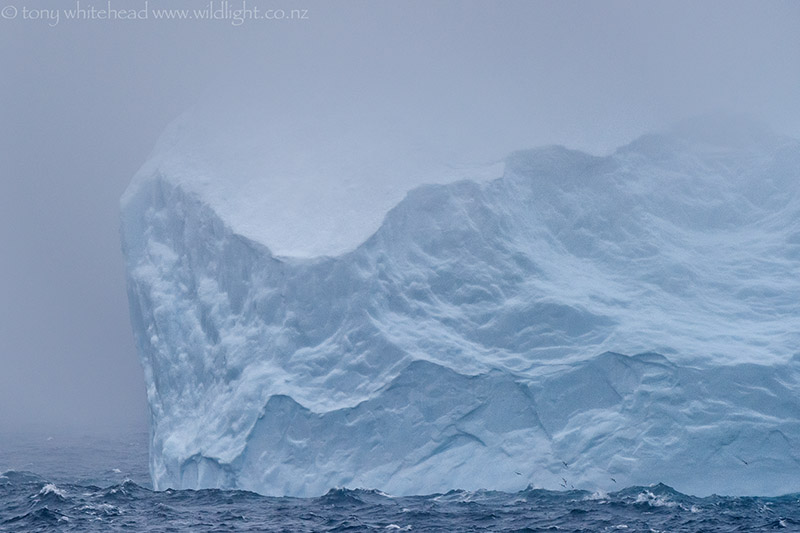
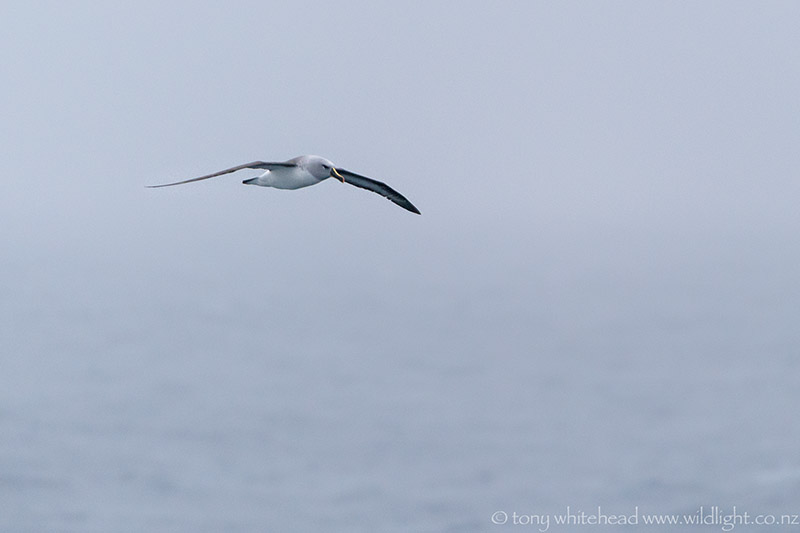
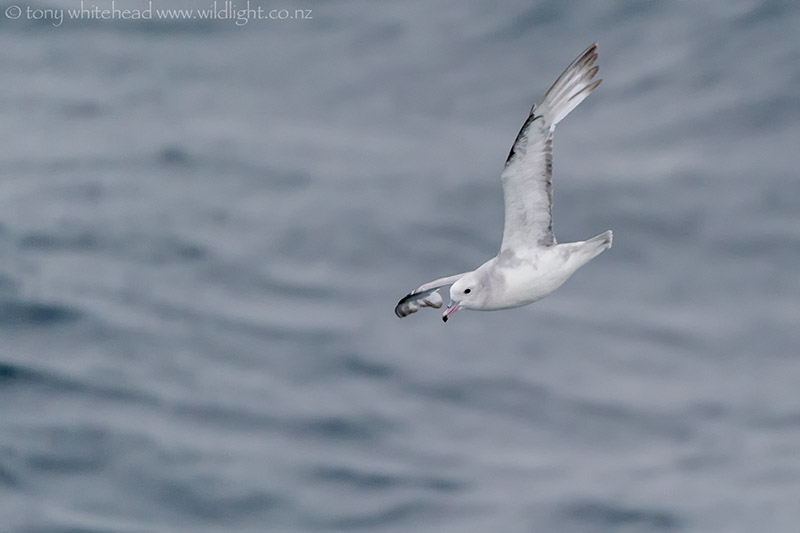
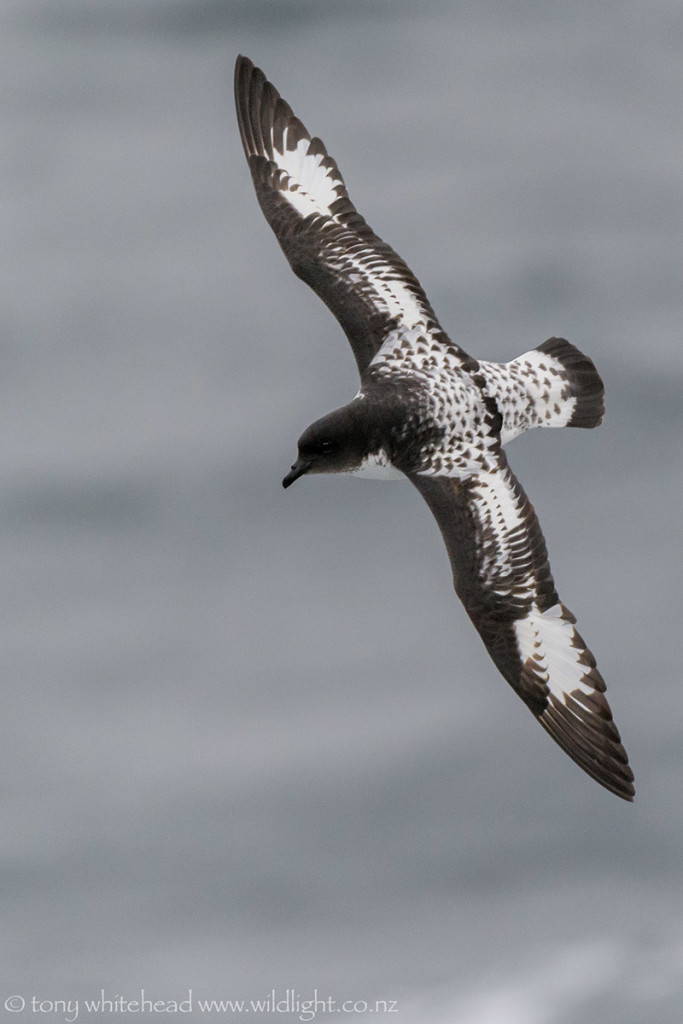
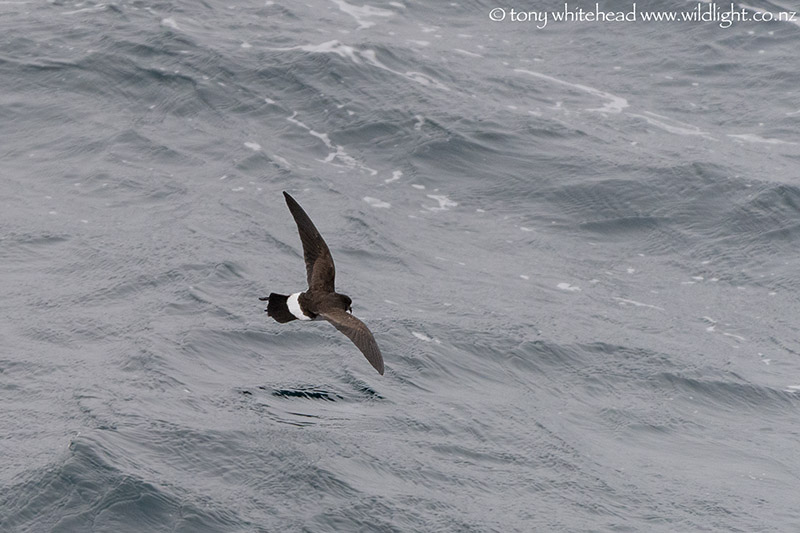
See Edin’s blog post for her report and pictures.
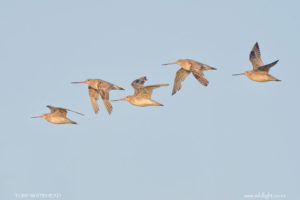
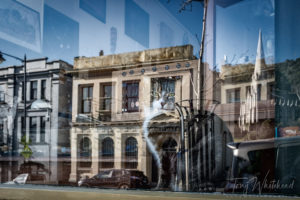
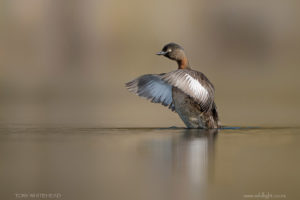
Pingback: Antarctica Master Post